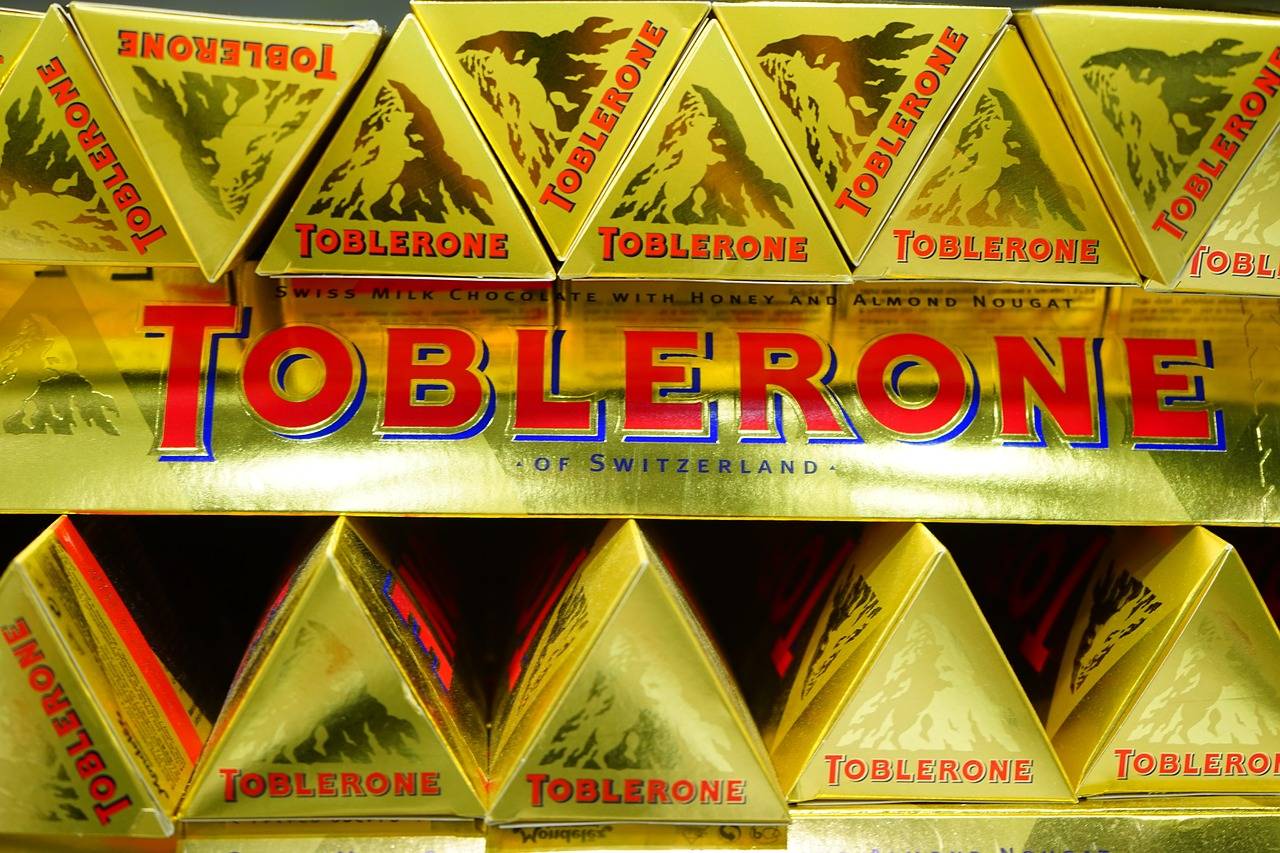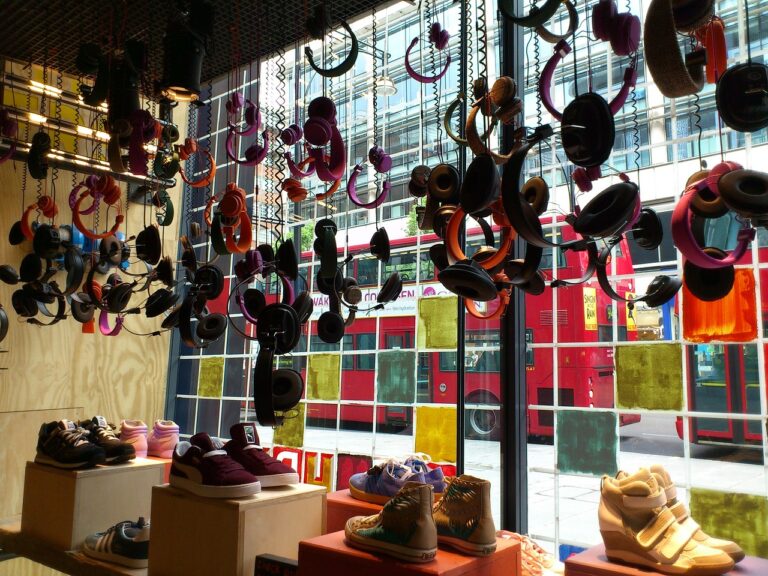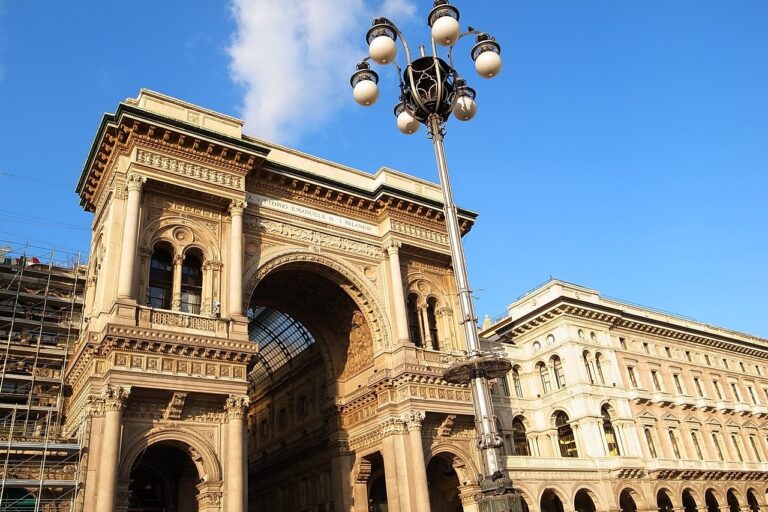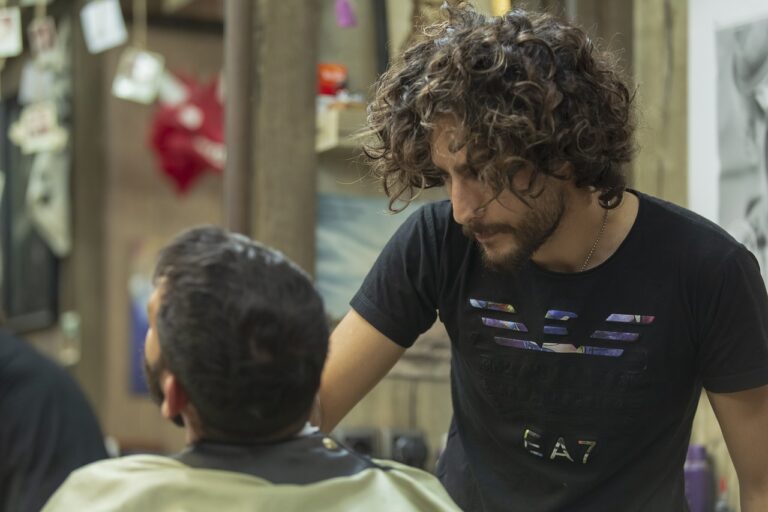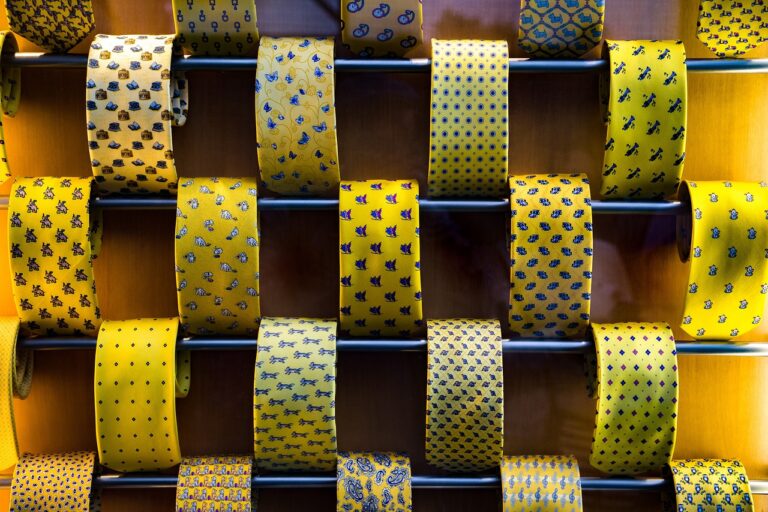The Evolution of Shopping Events: From Fashion Shows to Digital Experiences
Shopping events have evolved significantly over the years, transforming from traditional sales events to experiential and immersive experiences. In the past, shopping events primarily focused on offering discounts and promotions to attract customers. However, with the rise of e-commerce and changing consumer preferences, retailers have revamped their strategies to create unique and engaging shopping experiences.
Today, shopping events often incorporate entertainment, interactive elements, and social media integration to provide a holistic and memorable experience for consumers. These events go beyond mere transactions, aiming to build brand loyalty, create buzz, and foster a sense of community among shoppers. The evolution of shopping events reflects the shifting landscape of retail, where brands must constantly innovate and adapt to stay relevant in a competitive market.
Fashion Shows: The Origins
Fashion shows, originating in the 19th century, marked a significant shift in the way clothing was marketed and showcased. In the early days, these events were primarily restricted to private viewings for elite clientele, organized by couturiers to present their latest collections. It wasn’t until the mid-20th century that fashion shows became more commercialized and began to reach a wider audience.
The creation of the concept of runway shows can be attributed to legendary French couturier Charles Frederick Worth, who staged the first recorded fashion show in Paris in the 1850s. Worth saw the potential in presenting his designs in a live setting to captivate and entice buyers. This innovative approach revolutionized the industry, setting the stage for fashion shows to become the glamorous and high-profile events that they are today.
Pop-Up Shops: A New Trend
Pop-up shops have been gaining popularity in recent years due to their unique and temporary nature. These shops often appear suddenly in a vacant storefront or other temporary space, creating a sense of urgency and exclusivity for shoppers. The limited time frame of pop-up shops adds to the appeal, driving people to act quickly before the opportunity is gone.
Brands and retailers use pop-up shops as a way to create buzz around new products, test new markets, or engage with customers in a more personal way. The temporary nature of these shops allows companies to experiment with different concepts and designs without the long-term commitment of a traditional brick-and-mortar store. Additionally, the sense of urgency and excitement generated by pop-up shops can help drive sales and attract attention from both new and existing customers.

